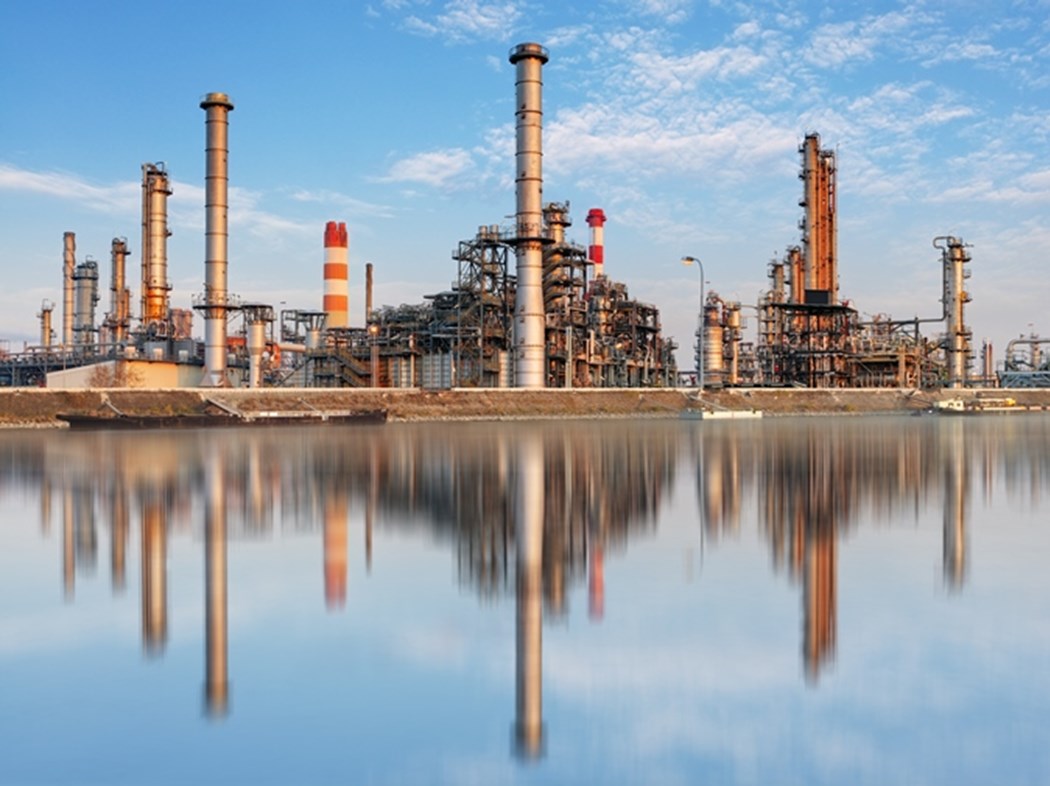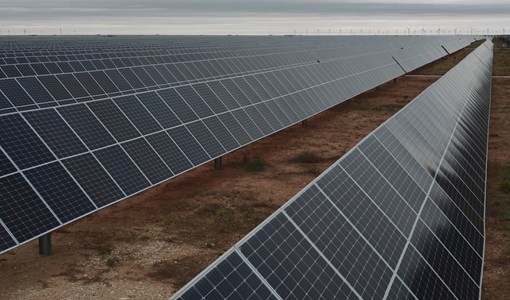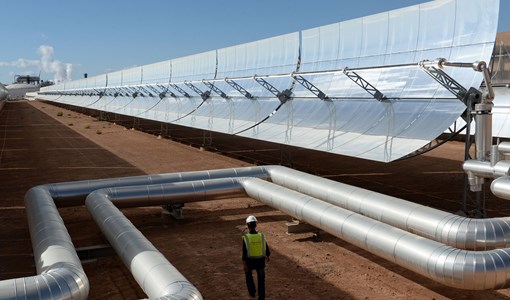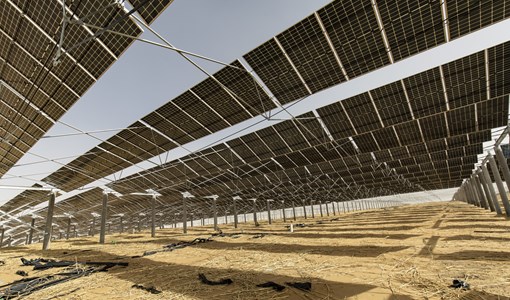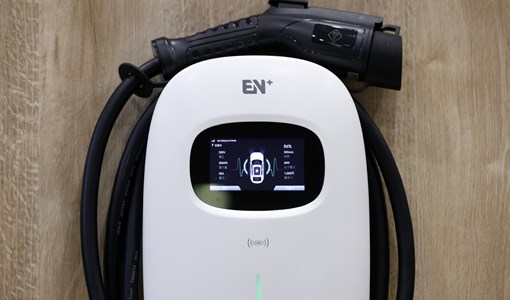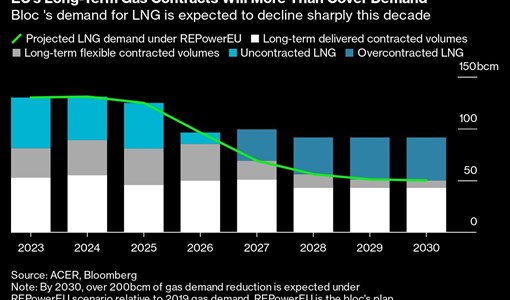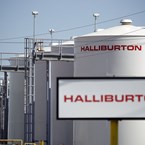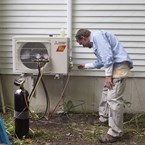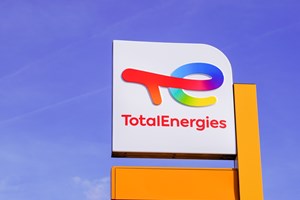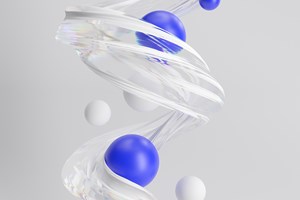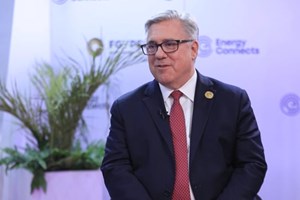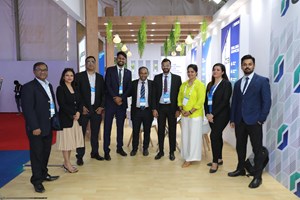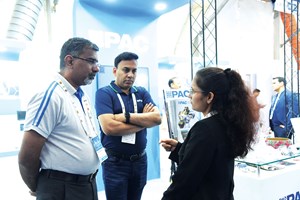bp and Ørsted to create renewable hydrogen partnership in Germany
bp and Ørsted have signed a Letter of Intent (LOI) to work together to develop a project for industrial-scale production of green hydrogen.
Green hydrogen is made by the electrolysis of water using renewable power, producing zero emissions.
In their proposed Lingen Green Hydrogen project, the two firms intend to build an initial 50 megawatt (MW) electrolyser and associated infrastructure at bp’s Lingen Refinery in north-west Germany. This will be powered by renewable energy generated by an Ørsted offshore wind farm in the North Sea and the hydrogen produced will be used in the refinery.
Under their LOI, bp and Ørsted will now work together to further define the project, agree definitive documents and plan to make a final investment decision (FID) early 2022, subject to appropriate enabling policies being in place. The companies anticipate the project could be operational by 2024.
The 50 MW electrolyser project is expected to produce one tonne an hour of green hydrogen or almost 9,000 tonnes a year. This would be sufficient to replace around 20 per cent of the refinery’s current grey hydrogen consumption, avoiding around 80,000 tonnes of CO2 equivalent emissions a year – equivalent to the emissions from around 45,000 cars in Germany.
Dev Sanyal, bp’s executive vice president for gas and low carbon, said: “Hydrogen will have an increasing role to play in meeting the energy demands of a decarbonising world. And we are determined to build a leading position in this emerging industry. Bringing together Ørsted and bp, Lingen Green Hydrogen offers the opportunity both to accelerate significant emissions reduction in our refinery and build experience of large-scale green hydrogen production and deployment. This has the potential to play an important role in the development of a hydrogen economy, in Germany and beyond.”
Martin Neubert, executive vice president and CEO of offshore wind for Ørsted, added: “Heavy industries such as refineries use large quantities of hydrogen in their manufacturing processes. They will continue to need hydrogen, but replacing the current fossil-based hydrogen with hydrogen produced from renewable energy can help these industries dramatically lower their CO2 footprint. But first, renewable hydrogen has to become cost competitive with fossil-based hydrogen, and for that we need projects such as this with bp’s Lingen refinery which will demonstrate the electrolyser technology at large scale and showcase real-life application of hydrogen based on offshore wind.”
In addition to green hydrogen production, bp and Ørsted intend to focus on maximising the efficiency of the project’s electrolysis system, including assessing sustainable uses for the main by-products of the process, primarily oxygen and low-grade excess heat.
The project is also intended to support a longer-term ambition to build more than 500MW of renewable-powered electrolysis capacity at Lingen. This could provide green hydrogen to both meet all the refinery’s hydrogen demand and provide feedstock for potential future synthetic fuel production.
bp and Ørsted have together applied for funding for the Lingen Green Hydrogen project from the EU Innovation Fund – one of the largest funding programmes for innovative low carbon technologies, focusing particularly on energy intensive industries.
The Lingen Refinery processes about five million tonnes of crude oil a year (c 100,000 barrels a day), producing fuels, heating oil and chemical feedstocks. In 2018 Lingen conducted the world’s first trial of green hydrogen in a fuels refinery.
KEEPING THE ENERGY INDUSTRY CONNECTED
Subscribe to our newsletter and get the best of Energy Connects directly to your inbox each week.
By subscribing, you agree to the processing of your personal data by dmg events as described in the Privacy Policy.
More renewables news
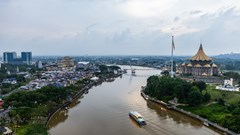
Clean Hydrogen’s Best Bet May Be a Rainforest State in Borneo
Apr 18, 2024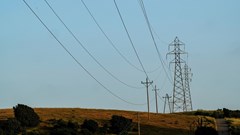
PG&E, Edison, California Apply for $2 Billion US Grid Grant
Apr 18, 2024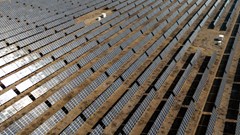
China’s Solar Surge Is Making a Missing Power Data Problem Worse
Apr 18, 2024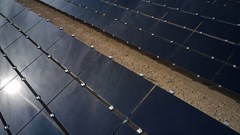
First Solar Jumps After Report Says Biden to End Trade Loophole
Apr 17, 2024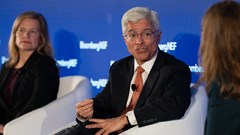
Biden’s Climate Law Catalyzed Investment, But Projects Still Face Snags
Apr 17, 2024
Masdar and EGA form alliance on aluminium decarbonisation and renewables
Apr 17, 2024
Chevron Launches $500 Million Fund to Invest in Clean Tech
Apr 16, 2024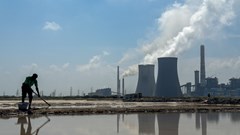
Coal Keeps Powering India as Booming Economy Crushes Green Hopes
Apr 16, 2024
Eni company Plenitude commences construction of its largest ever solar project in Spain
Apr 16, 2024
How Amazon Became the Largest Private EV Charging Operator in the US
Apr 15, 2024
Energy Workforce helps bridge the gender gap in the industry
Mar 08, 2024
EGYPES Climatech champion on a mission to combat climate change
Mar 04, 2024
Fertiglobe’s sustainability journey
Feb 29, 2024
P&O Maritime Logistics pushing for greater decarbonisation
Feb 27, 2024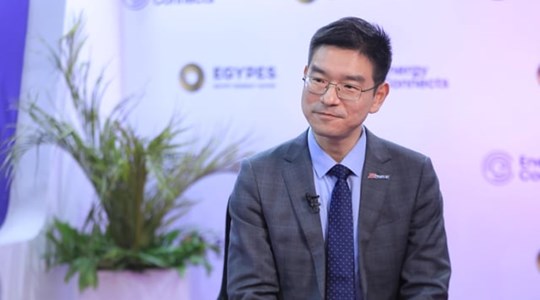
Neway sees strong growth in Africa
Feb 27, 2024
India’s energy sector presents lucrative opportunities for global companies
Jan 31, 2024
Oil India charts the course to ambitious energy growth
Jan 25, 2024
Maritime sector is stepping up to the challenges of decarbonisation
Jan 08, 2024
COP28: turning transition challenges into clean energy opportunities
Dec 08, 2023
Why 2030 is a pivotal year in the race to net zero
Oct 26, 2023Partner content

Ebara Elliott Energy offers a range of products for a sustainable energy economy

Essar outlines how its CBM contribution is bolstering for India’s energy landscape

Positioning petrochemicals market in the emerging circular economy

Navigating markets and creating significant regional opportunities with Spectrum


